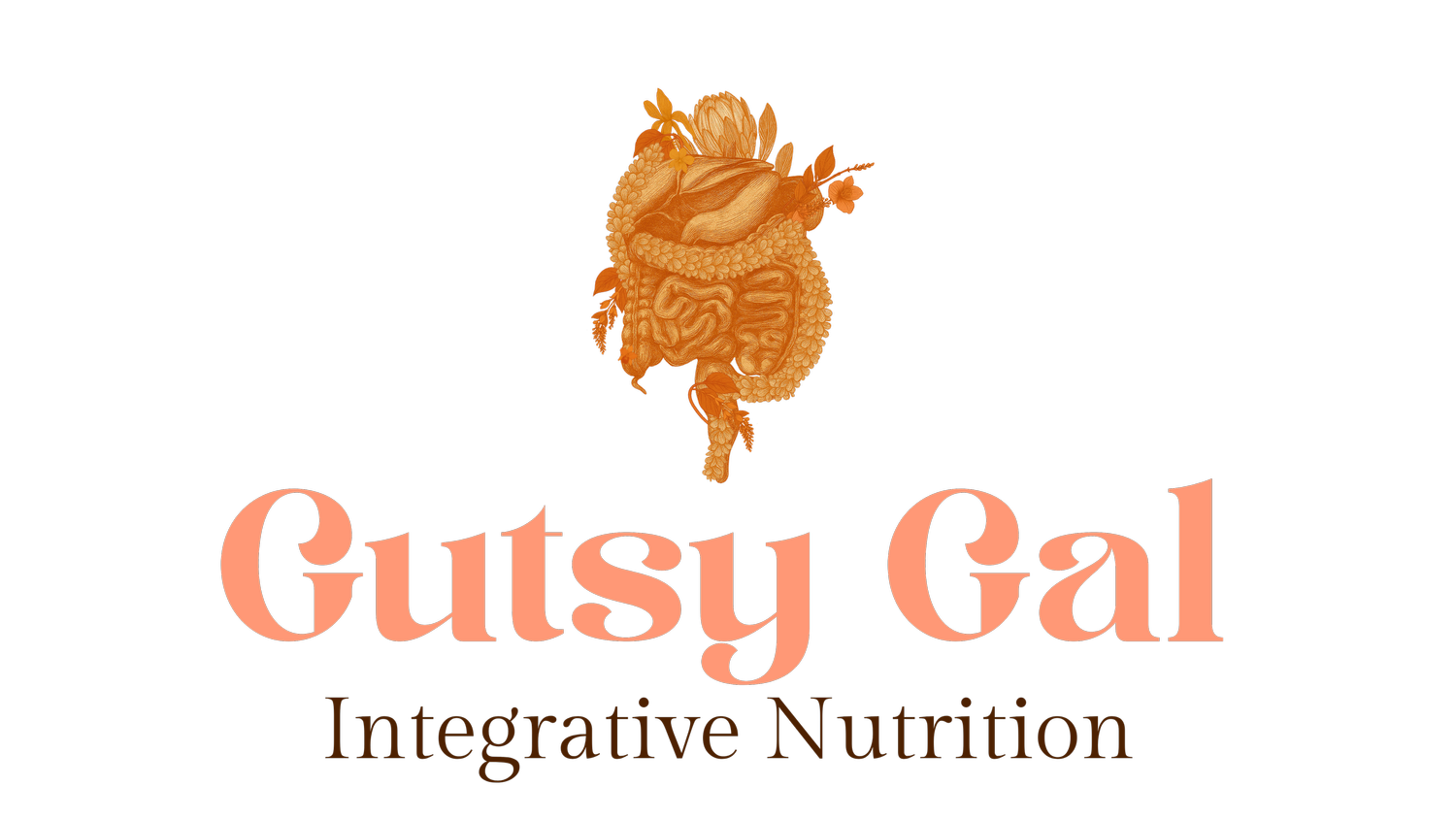Exercises To Calm Your Anxious Thoughts: A Neuroscience-Based Toolkit
When your mind feels like it's racing and your stomach's in knots, these science-backed exercises work with your gut-brain axis to restore calm. As someone who's navigated both personal and client anxiety journeys, these are my most effective tools for quick relief.
60-Second Reset Techniques
4-7-8 Breathing (activates vagus nerve)
Hand on belly breathing (engages interoception)
Butterfly tapping (bilateral stimulation)
Cold water on wrists (triggers dive response)
Name 5 things you see (grounds nervous system)
Movement Medicine (5-10 minutes)
Child's pose (activates parasympathetic response)
Gentle cat-cow (massages vagus nerve)
Figure-8 arm circles (bilateral integration)
Slow neck rolls (releases tension-holding points)
Mindful walking (rhythmic nervous system regulation)
Longer Relief Practices (10-15 minutes)
Anxiety-Calming Body Scan:
Start with feet
Move up slowly
Notice without judgment
Release tension intentionally
End with jaw relaxation
Gut-Brain Calming Sequence:
Gentle belly massage clockwise
Deep belly breathing
Humming (vagal tone activation)
Light stretching
Progressive muscle relaxation
Quick Tools for Public Spaces:
Press thumb to middle finger (acupressure point)
Roll feet on small ball
Sip warm water slowly
Use lavender hand cream
Touch different textures
Prevention Practices:
Morning nervous system routine
Regular movement snacks
Gut-supporting meals
Screen boundaries
Nature micro-breaks
The Science Behind Why These Work:
Vagus nerve stimulation
Interoceptive awareness increase
Bilateral hemisphere integration
Cortisol reduction
GABA production boost
Gut-brain axis support
When to Use What:
Morning anxiety → Body scan
Work stress → Quick tools
Evening overthinking → Movement medicine
Social anxiety → 60-second reset
General prevention → Daily practices
Signs It's Working:
Shoulders drop
Jaw softens
Breath deepens
Belly relaxes
Thoughts slow
Vision widens
Remember:
Start small (even 30 seconds helps)
Practice when calm (builds neural pathways)
Combine with gut support
Be gentle with yourself
Consistency over perfection
Pro Tips:
Keep a "calm kit" nearby
Set gentle reminders
Track what works best
Adjust techniques to your needs
Create environmental cues
Need more personalized support? Let's explore how optimizing your gut-brain axis can transform your anxiety response.

